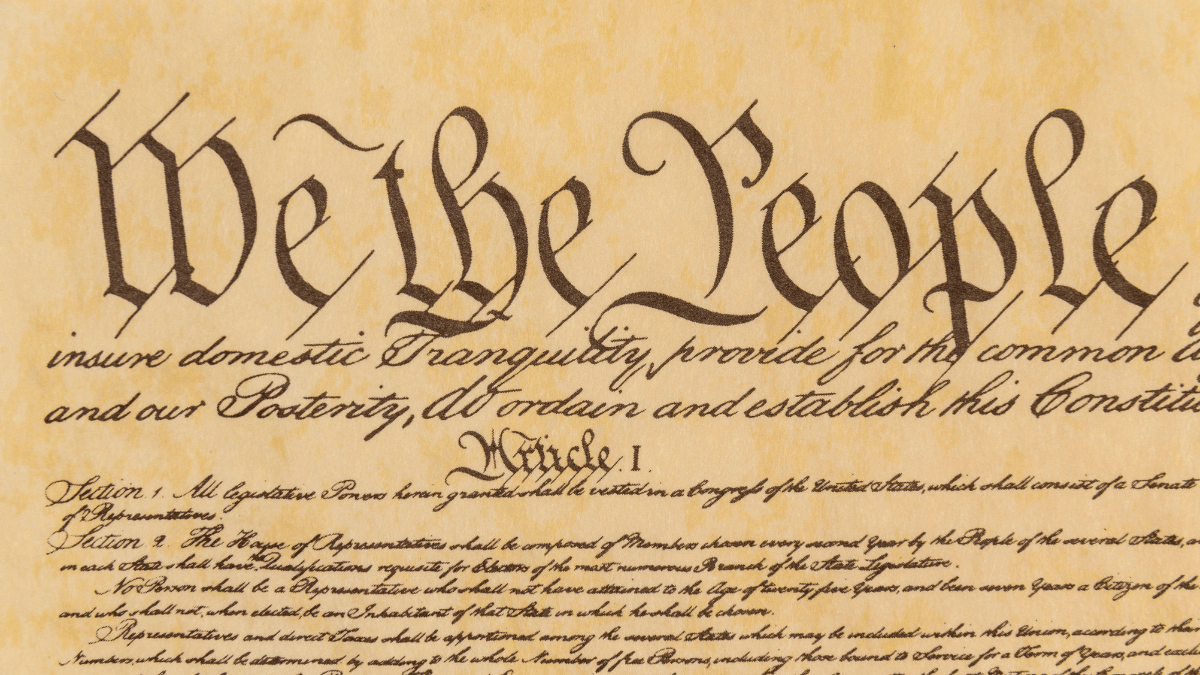The Preamble serves as an introduction to the Constitution. It was amended by the 42nd Constitutional Amendment Act in 1976, which determined to constitute India into a Sovereign, Socialist, Secular, and Democratic republic. It secures justice, liberty, equality to all the citizens of India and promotes fraternity among the people.
Table of Contents
History of the Preamble of the Constitution of India
- Jawaharlal Nehru’s Objectives Resolution, accepted by the Constituent Assembly on January 22, 1947, laid the groundwork for the ideals encapsulated in the Preamble to India’s Constitution.
- While not legally binding in courts, the Preamble serves as a declaration of the Constitution’s objectives. It acts as a guiding principle, especially when the language in specific Articles is unclear or ambiguous.
- The Preamble, though not enforceable like a law, plays a crucial role in helping interpret the Constitution. It provides a user-friendly tool for understanding the broader goals and aspirations that underpin the various Articles.
Four Components of the Preamble
Source of the Constitution
- The phrase “We the people of India” emphasises that the constitution is made by and for the Indian people and not given to them by any outside power.
- It also emphasizes the concept of popular sovereignty as laid down by Rousseau: All the power emanates from the people and the political system will be accountable and responsible to the people.
Nature of Indian State
Sovereign: The term means that India has its own independent authority and it is not a dominion of any other external power. In the country, the legislature has the power to make laws which are subject to certain limitations.
Socialist: The term means the achievement of socialist ends through democratic means. It holds faith in a mixed economy where both private and public sectors co-exist side by side. It was added in the Preamble by 42nd Amendment, 1976.
Secular: The term means that all the religions in India get equal respect, protection and support from the state. It was incorporated in the Preamble by 42nd Constitutional Amendment, 1976.
Democratic: The term implies that the Constitution of India has an established form of Constitution which gets its authority from the will of the people expressed in an election.
Republic: The term indicates that the head of the state is elected by the people. In India, the President of India is the elected head of the state.
Objectives of Indian State
Justice : Social, Economic and Political.
Equality : of status and opportunity.
Liberty : of thought, expression, belief, faith and worship
Fraternity (=Brotherhood) : assuring the dignity of the individual and the unity and integrity of the nation.
Date of its Adoption
- The Constitution of India was officially adopted on November 26, 1949.
- However, the majority of its articles took effect on January 26, 1950.
- Article 394 specifies that certain articles—namely, 5, 6, 7, 8, 9, 60, 324, 366, 367, 379, 380, 388, 391, 392, and 393—came into immediate effect along with Article 394 itself on November 26, 1949.
- The remaining provisions of the Constitution were scheduled to come into force on January 26, 1950. This specific date is referred to in the Constitution as the commencement of the Constitution.
Read Also: Tort, Crime and Contracts




